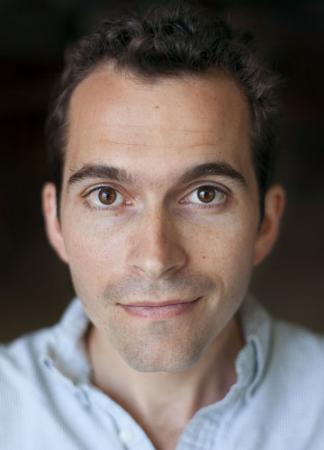
When tragedy occurs, who may profit?Newspapers around the country announced the tragic death of Ki-Suck Han, the man pushed in front of a New York subway car on Monday. Quickly, however, attention turned to an element of the news reporting itself. On the controversial front cover of the New York Post on Tuesday, a full-page photo showed the train hurtling toward Han. Dramatically captured by a freelance photographer while events unfolded, the photograph ran under the headline: “Pushed onto the subway track, this man is about to die.”
What is it about the photograph that makes us so uncomfortable? Research into the psychology of moral judgment can help offer an answer. In a series of studies recently published in the Personalty and Social Psychology Bulletin, Yoel Inbar, David Pizarro, and I investigated how people judge those who profit from the misfortune.
For instance, in one study we described a financial instrument known as a “catastrophe bond.” These are structured to generate large profits for the bondholder if a natural disaster occurs. For instance, I might pay $1 million for a bond that will pay out $100 million if a category 3 hurricane strikes New Orleans in the next 20 years. But if no hurricane strikes, I’m out the $1 million investment.
Like the New York Post cover, catastrophe bonds make most people uneasy. They think it’s wrong to buy one and don’t think very highly of a person who does. Why might this be? One possibility is that people are just uncomfortable with the idea of any financial transaction that involves catastrophe. But several of our studies ruled out this possibility. People say it’s wrong to buy a catastrophe bond, but not to sell one. And they don’t consider it wrong to buy a catastrophe bond as insurance — for instance, for the city of New Orleans to buy one so that it has money available for rebuilding if a hurricane strikes.
Rather, people hold a narrower moral view: It is wrong to profit from another person’s misfortune. You don’t have to cause the misfortune; it goes without saying that buying a bond doesn’t cause a hurricane to strike. The mere act of making money off of somebody else’s suffering is enough. When we analyzed the potential causes for this moral norm, our evidence pointed toward a specific explanation: We question somebody’s character if they are willing to wish for the suffering of others.
Columnists, talking heads, and the twitterati have vilified the freelance photographer and the New York Post, but it is important to keep the events in perspective. The photographer says he was using his camera’s flash to alert the train conductor. And nobody is suggesting that the photographer or the editors of the Post “wished” for a tragedy in advance, like a catastrophe bond investor. But our research suggests that, whatever the true motives of the photographer and Post editors, the human mind is tuned to cast a wary eye on their actions.
Many weighty moral questions are raised by the events on the southbound platform of the 49th street Q train. What were the motives of the perpetrator? Could a bystander have helped? Would you have? Our research isolates one point in this ethical constellation.
Reference:
Inbar, Y., Pizarro, D. A., and Cushman, F. A. (2012). “Benefiting from misfortune: When harmless actions are judged to be morally blameworthy.” Personality and Social Psychology Bulletin, 38(1), 52-62.
